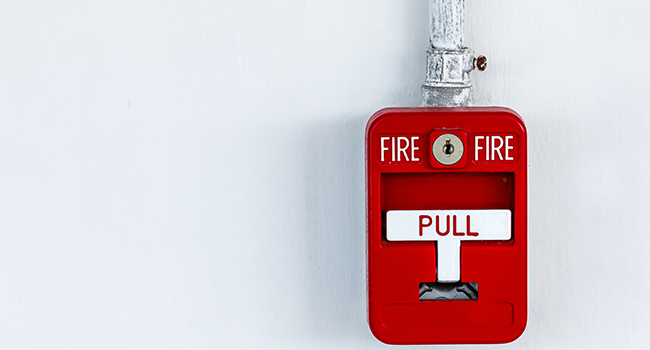
Parents Angry Over Handling of Fire at California Elementary School
On Sunday, Nov. 11, a small fire broke out in a reading intervention classroom at Sierra House. The fire was caused by electrical overload, contained to the one classroom and quickly extinguished. The school reopened on Nov. 14.
- By Jessica Davis
- December 20, 2018
Parents of students at Sierra House Elementary School in Lake Tahoe, Calif., are unhappy with the district’s decision to quickly reopen the school after a small fire in the building. The school board is preparing for potential litigation as a result of the situation.
On Sunday, Nov. 11, a small fire broke out in a reading intervention classroom at Sierra House. The fire was caused by electrical overload, contained to the one classroom and quickly extinguished.
In a Nov. 20 update posted by Lake Tahoe Unified School District Superintendent James Tarwater, he wrote that smoke could be smelled throughout much of the building, including an adjacent hallway, a multi-purpose room, the main hallway and an area housing second- and third-grade classrooms.
However, the school reopened less than three days after the fire, raising parents’ ire. The school was closed Monday, Nov. 12 for Veterans Day, remained closed Tuesday, but reopened Wed., Nov. 14, after one day of missed class.
"It was determined that, based upon the excellent outside air quality, and available resources, that measures to be taken for the safe re-entry and re-occupation of the school within only two days, were practical and attainable," Tarwater wrote in his Nov. 20 report.
Multiple parents and teachers reported a variety of illnesses after returning to the school.
"It's undeniable that our kids were exposed to toxic chemicals," parent Moises Estrada, a firefighter and emergency medical technician for the past 25 years, said at a school board meeting.
Sierra House teacher Heather Hart said at a school board meeting she had assumed the school was safe to return to upon its reopening, but instead saw the nurse’s office full of sick children.
Many other parents expressed that the decision to potentially expose their children to illness from the fire damage had damaged their trust in district leaders, with some calling for the superintendent’s firing and the resignation of the previous board president and its current secretary, Barbara Bannar.
When asked if she thought reopening the school so early was a mistake, Bannar pointed to a draft remediation protocol report presented to the board Tuesday, which states that, "Currently there are no federal or state standards for the assessment or remediation of fire-related contaminated sites.”
Bannar said the district relied on information from experts, specifically the local SERVPRO franchise, a full-service restoration company. Tarwater said, “I'll stand behind my record and when SERVPRO took over … they called the shots."
Local SERVPRO franchise owner John Allen told the Tahoe Daily Tribune that he and his team were brought in with the understanding that the district wanted to reopen the school as soon as possible. Allen said they followed national guidelines and provided the best possible information, but never directed the district as to whether they should open the school.
"Our job is to give the best information," Allen said. "It's their job to make the decision."
To allow for the necessary restorations to the school to continue, students and staff were moved to the Boys and Girls Club site at Al Tahoe Elementary School beginning Monday. They will be running split days this week.
About the Author
Jessica Davis is the Associate Content Editor for 1105 Media.